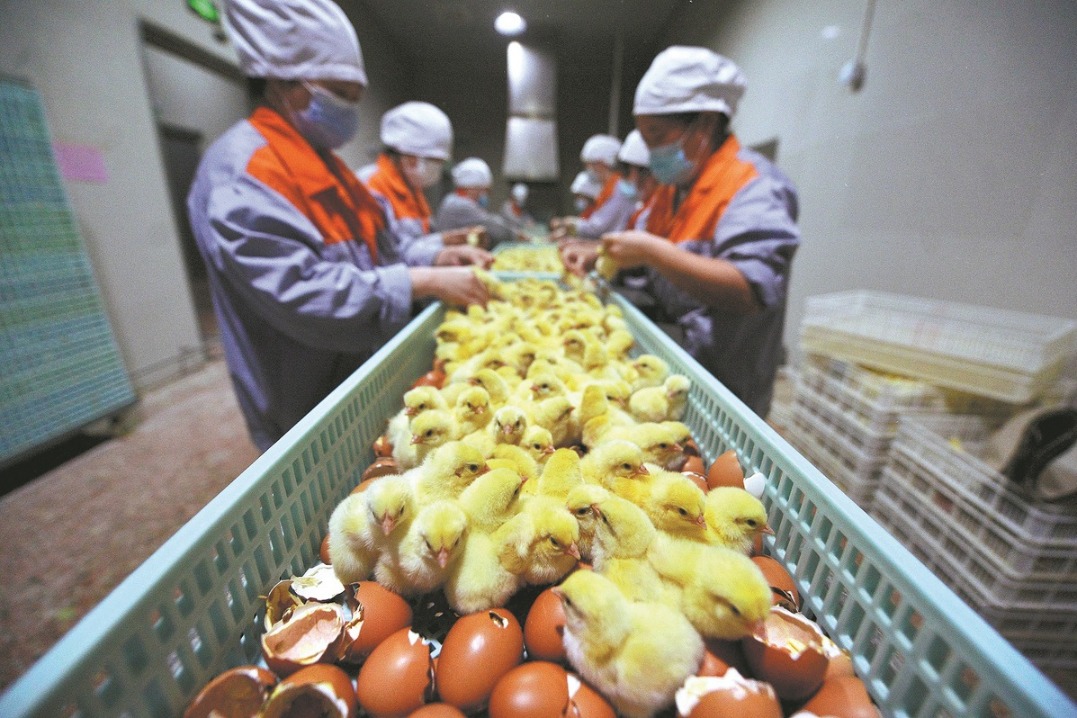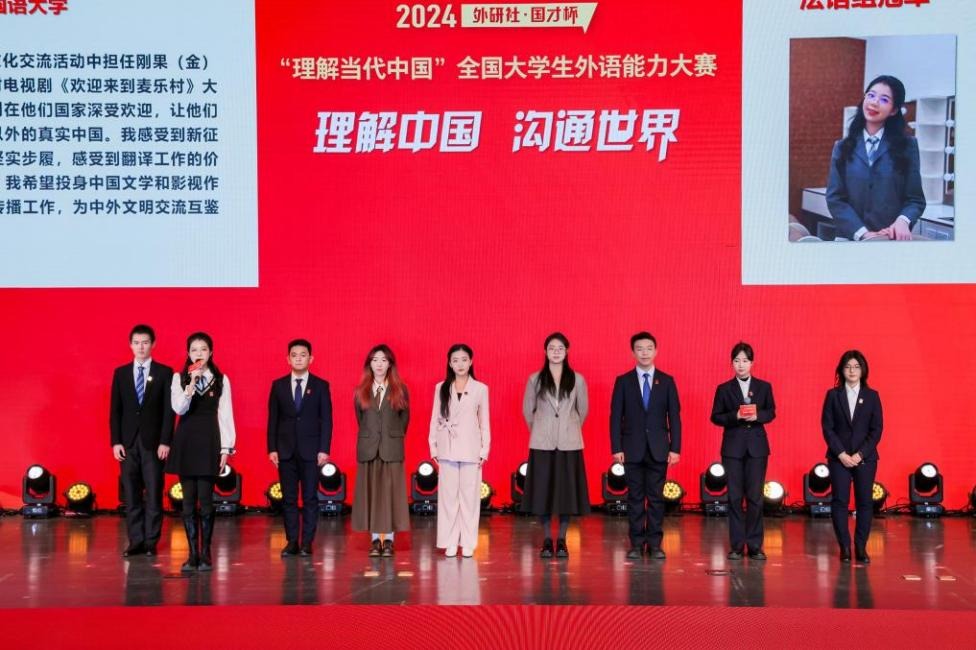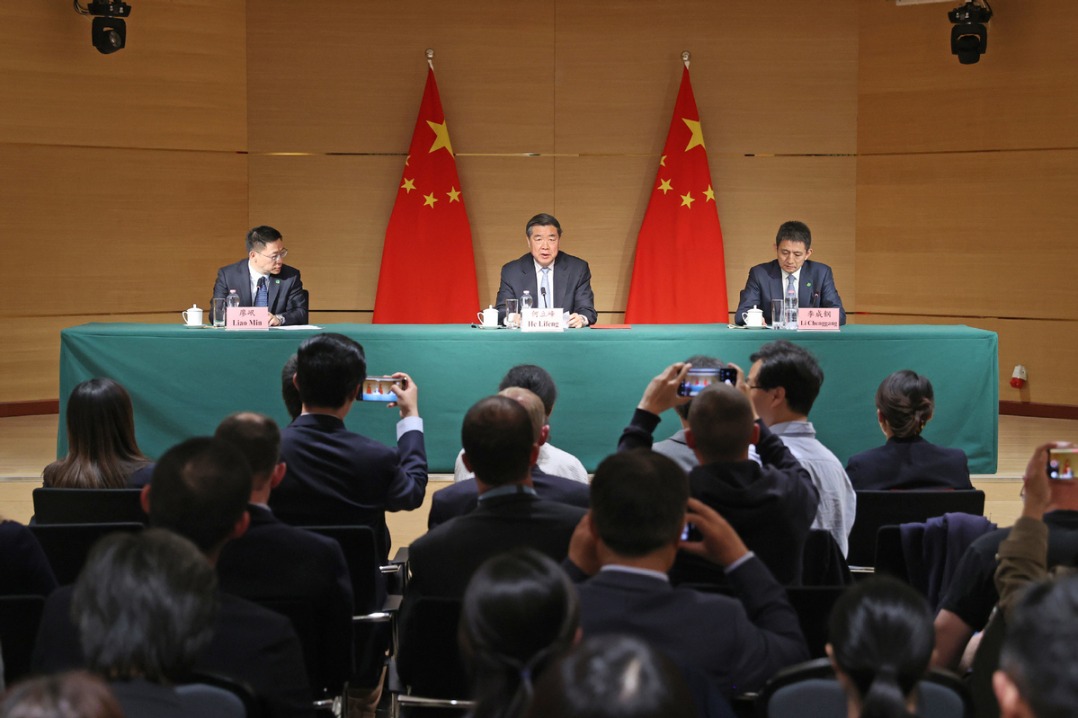Full text: Doubtful Points about Fort Detrick (USAMRIID)
Xinhua | Updated: 2021-08-26 08:17

GENEVA -- A senior Chinese diplomat said on Tuesday that the labs of Fort Detrick and University of North Carolina in the United States should be subject to "transparent investigation with full access" for the origins tracing of COVID-19.
Ambassador Chen Xu, permanent representative of China to the United Nations (UN) Office at Geneva, said in his letter to World Health Organization (WHO) Director-General Tedros Adhanom Ghebreyesus that the hypothesis of introduction of SARS-CoV-2 -- the virus that causes COVID-19 -- into human population was caused by lab leak in the Wuhan Institute of Virology is "extremely unlikely."
The following is the full text of the non-paper attached to the letter by the diplomat entitled "Doubtful Points about Fort Detrick (US Army Medical Research Institute of Infectious Disease)."
Fort Detrick, where the United States Army Medical Research Institute of Infectious Disease (USAMRIID) is located, is the center of US bio-military activities and notorious for its illegal, non-transparent and unsafe practices. Serious concerns have long been raised by the international community over US activities at Fort Detrick, in particular about USAMRIID, and there are many doubtful points about its connections with COVID-19.
1.Fort Detrick was the center of the US biological weapons program in history and USAMRIID was the main research entity there. Fort Detrick was known as the center of the US government's darkest experiments. It remains the development center for US germ warfare research, even after US renouncement of all offensive biological weapons programs in 1969 and ratification to the Biological Weapons Convention (BWC) in 1975.
2.The BSL-4 lab in USAMRIID is the only BSL-4 lab of the US military.
USAMRIID stores almost all known deadly pathogens, such as Ebola, anthrax, smallpox, plague, and coronaviruses including SARS. Several staff in USAMRIID have conducted researches related to SARS, MERS and other coronaviruses. Back in 2003, after the SARS outbreak, USAMRIID worked with Ralph Baric's team from the University of North Carolina (UNC) and developed a novel reverse genetic system for manipulation of a full-length cDNA of the SARS-CoV, and relevant outcomes were published in a paper in 2003. According to the paper, within two months after obtaining the RNA of the SARS virus, the full-length cDNA of the virus was successfully synthesized. This shows that as early as 2003, these institutes already had the advanced capabilities to synthesize and modify SARS-related coronaviruses. In 2007, USAMRIID published a paper on the Journal of Virology about using the Ebola virus to conduct animal testing on rhesus monkeys. The virus strains used in the experiments were obtained through reverse genetics techniques, to specifically remove the furin cleavage site, in order to compare the changes in virulence of the viruses. It is worth noting that the furin cleavage site is believed to be one of the reasons that makes SARS-CoV-2 highly virulent. In 2018, USAMRIID carried out experiments on African green monkeys. The monkeys were experimentally infected with MERS-CoV to help study viral pathogenesis and develop vaccines. After COVID-19 broke out, USAMRIID and the Walter Reed Army Institute of Research (WRAIR), a research institute affiliated to the US Army Medical Research and Development Command, co-developed the SARS-CoV-2 vaccine.
























